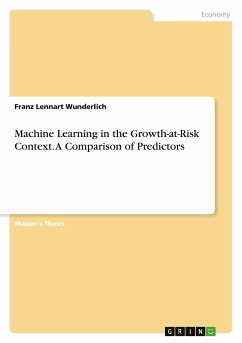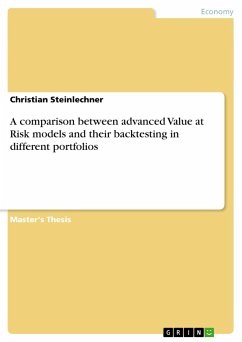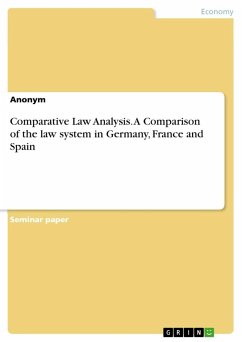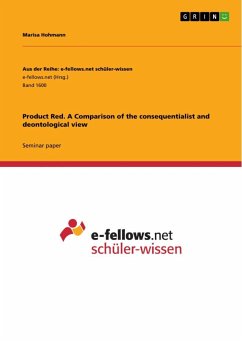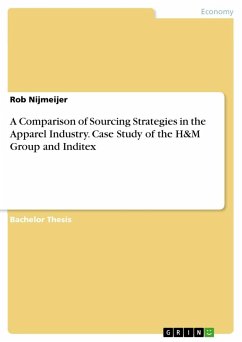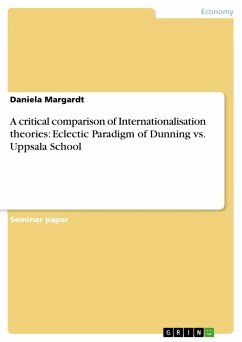Master's Thesis from the year 2022 in the subject Economics - Other, grade: 1,3, University of Frankfurt (Main), language: English, abstract: The Global Financial Crisis, starting in 2007, served as a reminder of the serious impact that imbalances originating in financial markets can have on economic growth. The aftermath of this economic shock with the ensuing recession continues to concern policymakers to this day. The subsequent period characterized by subdued growth and few but severe recessions gave rise to the importance of linkages between economic policy and risk management. The connection between this idea and the relevance of financial variables for analyzing growth risks is established by Adrian et al. (2019). They employ quantile regressions to examine the conditional distribution of future GDP growth and find that its left tail is exposed to substantially more volatility over time than the right tail. Moreover, they find that financial conditions for the US measured by the National Financial Conditions Index (NFCI) can serve as a relevant predictor of downside risk to conditional future economic growth. This thesis examines some machine-learning based variable selection methods that have been largely unexplored in the GaR context. The focus is on generating higher predictive power compared to the model by Adrian et al. (2019) rather than on analyzing economic relationships. The approaches described here are easy to apply and can help to automate the selection of variables for GaR estimation instead of having to manually choose relevant indicators. In detail, the LASSO method is used in the quantile regression context (Belloni and Chernozhukov 2011; Li and Zhu 2008), as well as the Adaptive (Wu and Liu 2009) and Relaxed LASSO (Meinshausen 2007), two of its modifications. In addition, the Elastic Net method is investigated as a compromise between Ridge and LASSO regression. To test the performance of these models, a backtesting exercise is conducted based on US data ranging from 1986 to 2019. The out-of-sample analysis is performed under the expanding and rolling window approach. For evaluation of the models, some of the backtesting tools used by Brownlees and Souza (2019) to perform a similar analysis for volatility models in the GaR context are utilized. In this regard, the following research question is formulated: Can the machine learning-based models improve the predictive power measured by the introduced backtesting tools for the investigated period compared to the quantile regression base model?

